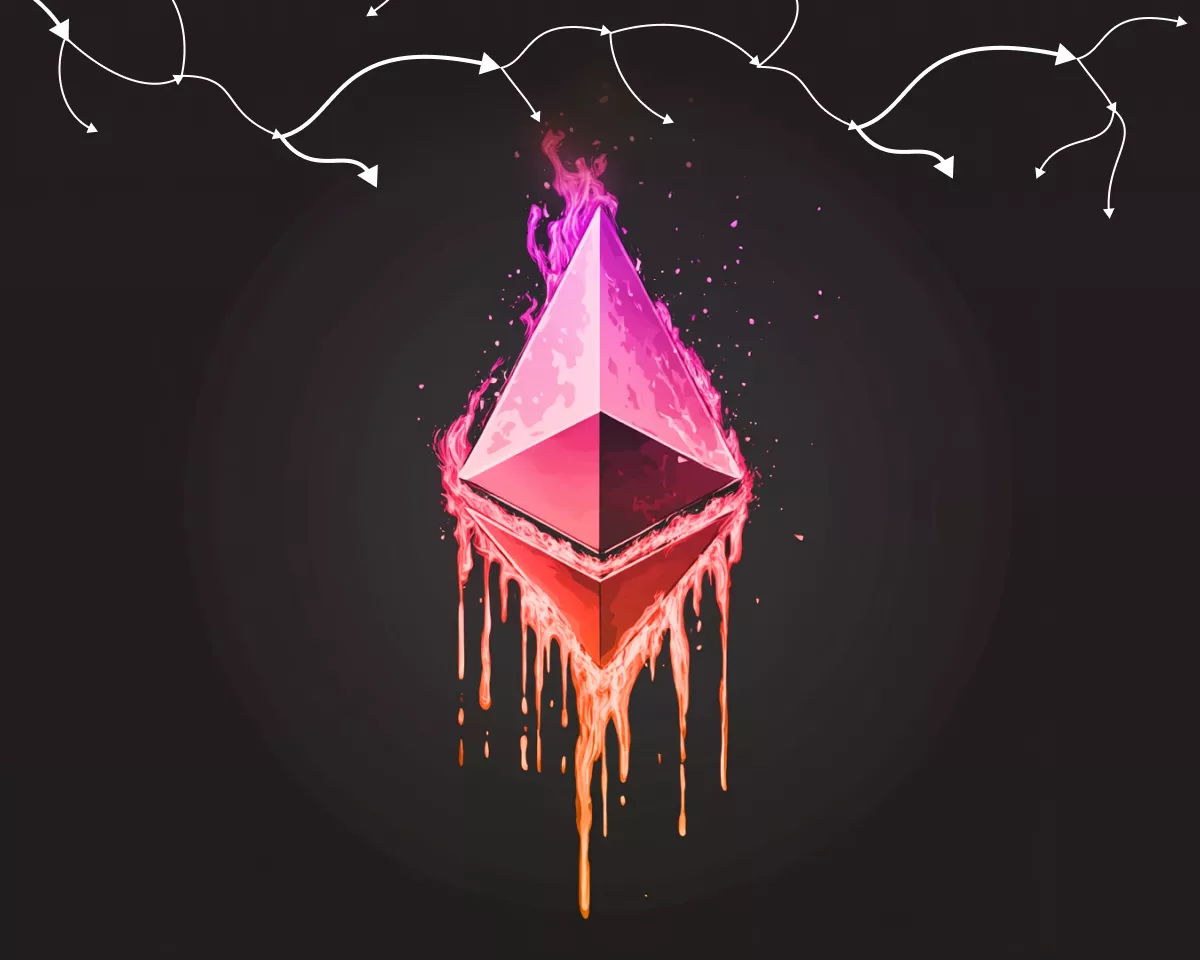In the fast-paced world of cryptocurrency and blockchain, efficiency is king. Imagine applying that same principle to Artificial Intelligence. Microsoft researchers have just dropped a bombshell, announcing a revolutionary new AI model that’s not just powerful, but also incredibly efficient. Dubbed BitNet b1.58 2B4T, this groundbreaking model is designed to run smoothly on CPUs, even the ones in your everyday devices like Apple’s M2 chips. What does this mean for the future of AI and its potential intersection with crypto? Let’s dive deep into this exciting development. Unveiling BitNet: The Hyper-Efficient AI Model Microsoft is making waves with its latest creation, BitNet b1.58 2B4T. But what exactly is a “bitnet,” and why should you care? Think of bitnets as the streamlined athletes of the AI world. They are designed for maximum performance with minimal resources. Here’s the breakdown: Compressed Models for Lightweight Hardware: Bitnets are essentially compressed AI models. This compression is key because it allows them to run on hardware that isn’t necessarily top-of-the-line, like standard CPUs. Quantization for Efficiency: Traditional AI models often use complex “weights” – the internal settings that guide the model’s learning. To make these models more versatile, these weights are often “quantized.” Quantization reduces the number of bits needed to represent these weights, making the model lighter and faster. The 1-bit Innovation: BitNet takes quantization to the extreme. Instead of using the typical range of values for weights, it compresses them down to just three: -1, 0, and 1. This radical simplification is what makes BitNet models incredibly memory and computationally efficient . Imagine the implications for applications in the crypto space! Faster, leaner AI could power more responsive and accessible decentralized applications, improve blockchain analytics, and even enhance security protocols without requiring massive server farms. BitNet b1.58 2B4T: A New Milestone in AI Accessibility Microsoft’s BitNet b1.58 2B4T isn’t just another bitnet; it’s the largest one yet, boasting 2 billion parameters. Parameters, in this context, are essentially the same as the “weights” we discussed earlier. Here’s why this is significant: Scale and Performance: This model, trained on a massive dataset of 4 trillion tokens (think 33 million books!), demonstrates that even at a large scale, the efficient AI model approach of BitNet holds strong. Outperforming Similar Models: According to Microsoft researchers, BitNet b1.58 2B4T isn’t just holding its own; it’s outperforming traditional AI models of similar size. It surpasses models like Meta’s Llama 3.2 1B, Google’s Gemma 3 1B, and Alibaba’s Qwen 2.5 1.5B on key benchmarks. Speed and Memory Advantage: Perhaps the most impressive aspect is speed. BitNet b1.58 2B4T is reportedly twice as fast as other models of its size in some tests, all while using significantly less memory. This is a game-changer for deploying AI in resource-constrained environments. For crypto enthusiasts, this opens up possibilities for integrating sophisticated AI functionalities directly into wallets, decentralized exchanges, and other platforms, without the need for heavy infrastructure. Think about faster transaction processing, more intelligent smart contracts, and enhanced user experiences, all powered by lightweight AI . The CPU Advantage: Democratizing AI Processing The ability of BitNet b1.58 2B4T to run on CPUs is a core part of its appeal and a potential paradigm shift. Why is running on a CPU so important? Accessibility and Cost-Effectiveness: CPUs are ubiquitous. They are in our laptops, desktops, and even smartphones. Unlike GPUs (Graphics Processing Units), which are often specialized and expensive, CPUs are readily available and more affordable. This drastically lowers the barrier to entry for running advanced AI models. Wider Deployment Opportunities: Because CPUs are so common, BitNet models can be deployed across a much wider range of devices. This is crucial for applications that need to be accessible to a broad user base, including many within the cryptocurrency community who may not have access to high-end hardware. Energy Efficiency: CPUs are generally more energy-efficient than GPUs for certain types of tasks, especially when dealing with models like BitNet that are designed for efficiency. This aligns with the growing focus on sustainability in both AI and crypto spaces. Imagine a future where running complex AI algorithms is as commonplace as running any other software on your computer. BitNet on CPU brings us closer to that reality, making sophisticated AI more accessible to everyone, not just those with access to powerful GPU clusters. Challenges and the Path Forward for BitNet and AI Accessibility While BitNet b1.58 2B4T is a significant step forward, there are challenges to consider: Framework Dependency: To achieve peak performance, BitNet b1.58 2B4T currently requires Microsoft’s custom framework, bitnet.cpp. This framework has hardware limitations and, notably, does not yet support GPUs, which are the dominant force in AI infrastructure. Compatibility Hurdles: The reliance on a specific framework and limited hardware compatibility presents a challenge for widespread adoption. For BitNet to truly take off, broader hardware support and potentially more versatile frameworks are needed. Performance Trade-offs: While BitNet is efficient and fast, it’s important to remember that it doesn’t “sweep the floor” with all rival models in terms of raw performance. It holds its own and excels in efficiency, but in scenarios where absolute top performance is paramount and resources are abundant, other models might still be preferred. Despite these challenges, the promise of AI accessibility through models like BitNet is undeniable. The future likely holds further developments in bitnet technology, including: Expanded Hardware Support: Efforts to broaden compatibility to include GPUs and a wider range of CPUs are crucial. Framework Development: Creating more open and versatile frameworks that support bitnets could accelerate adoption and innovation. Optimization and Scaling: Continued research into further optimizing bitnet architectures and scaling them to even larger and more complex models will be key to unlocking their full potential. BitNet: A Glimpse into the Future of Lightweight AI Microsoft’s BitNet b1.58 2B4T is more than just a technical achievement; it’s a glimpse into a future where AI is more democratized, accessible, and efficient . By proving that large-scale AI models can run effectively on CPUs, BitNet challenges the conventional wisdom that powerful AI requires massive computational resources. For the cryptocurrency world, this breakthrough could pave the way for more integrated, responsive, and user-friendly decentralized applications. As AI continues to evolve, innovations like BitNet will be instrumental in shaping a future where AI is not just powerful, but also sustainable and within reach for everyone. To learn more about the latest lightweight AI trends, explore our article on key developments shaping AI features.



















